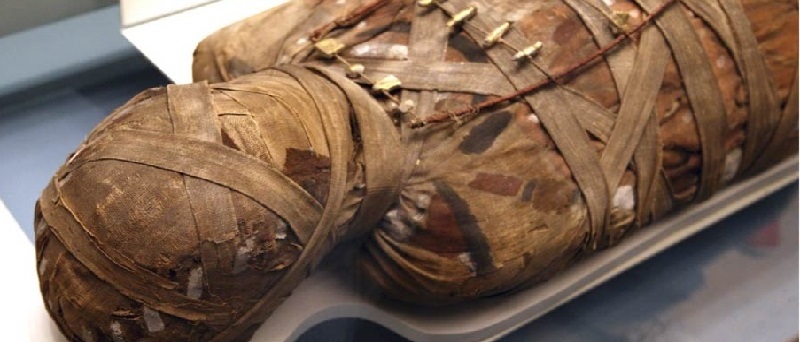Mummies
Posted on 22nd December 2020
The afterlife was important in Ancient Egypt, and Egyptians developed a way of preserving bodies for the afterlife called Embalming.
Following death, a body was taken to a place of purification, then washed with palm wine and spices.
All internal organs except the heart were removed; it was believed the heart would be needed in the afterlife; the body was then dried with a substance called natron and stuffed with dry materials such as sawdust and leaves.
The body was laid out and wrapped in many layers of linen cloth, coated in a black resin between layers. The complete body was wrapped, from the top of the head to the toes. Finally, a last coating of resin was applied to protect the body against the threat of moist air.
This complete process could take up to seventy days.
The mummy (body) was then covered with a shroud and placed in a stone or wooden container called a ‘sarcophagus’.
It is believed, there were three processes of mummification; these depended on the wealth of the family or on people who wanted to save unnecessary expense.
The Pharaoh always had the most expensive mummification as they were considered to be a god. During the wrapping of the body, amulets were placed between the layers of linen; believing this would guard the body against evil and protect it in the afterlife.
Pharaoh’s had a head mask placed over their mummified body, a likeness of themselves made of gold. The body was then sealed in a tomb with all the worldly goods that could aid it in the afterlife.
Tagged as: Junior Ancient Egypt
Share this post:





